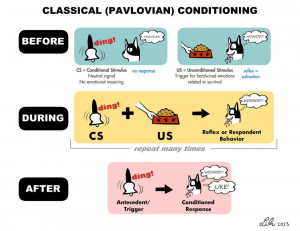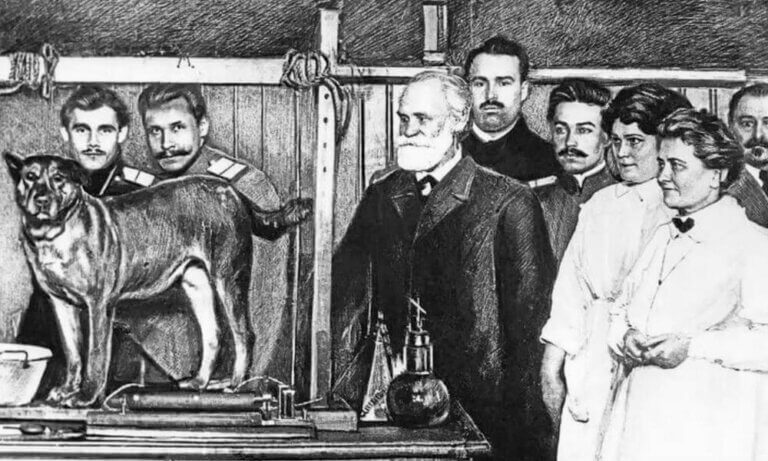
The team implemented the first function-converging and association of the signals-through two directionally coupled silicon nitride (Si 3N 4) waveguides, each of which carries one of the two stimuli. The second is remembering that association, and using it to condition future behavior.

The first function involves bringing the two signals together, to allow them actually to be associated in time.

To build a photonic system that would mimic this model of learning, the research team-including scientists at the University of Oxford and the University of Exeter, UK, and the University of Münster, Germany-broke the model down into its two main functions. Bottom: The team behind the new work implemented associative learning using silicon nitride waveguides and a phase-change material (PCM). Top: In a simplified neural circuit, after stimulus s 2 becomes associated with stimulus s 1, both stimuli independently will elicit the same response. As a result, after that point, only one of the stimuli (the food or the bell) will be needed to trigger the motor neuron into action.

Eventually, after multiple such simultaneous arrivals, the motor neuron learns to associate one stimulus with the other. In a real biological system, associative learning happens when two neural signals, associated with two different stimuli-for example, the food and the bell in the case of Pavlov’s dog-arrive at the same time at a given neuron (such as a motor neuron, controlling a function such as salivation). And, while the work is still at an early stage, the researchers believe the availability of a photonic associative-learning platform could eventually add a new building block to the design toolkit for machine-learning systems. The researchers behind the new study note that the system can, for certain classes of problems, avoid some of the laborious rounds of backpropagation-based training common in more conventional deep neural networks-saving energy and computational overhead. Now, scientists from the United Kingdom and Germany have prototyped a system that implements Pavlovian associative learning on an optical chip, using waveguides, phase-change materials and wavelength-division multiplexing (Optica, doi: 10.1364/OPTICA.455864).

Yet it’s been surprisingly absent as a framework for artificial-intelligence systems. The experiment is a classic example of associative learning, in which the repeated pairing of unrelated stimuli ultimately produces a learned response.Īssociative learning plays a fundamental role in how human and animals interpret and navigate the world. In the early 1900s, the Russian physiologist Ivan Pavlov, by repeatedly associating the availability of food with the ringing of a bell, was able to train dogs to salivate in response to the sound-even if no food was present. It’s a story familiar to any high-school science student. A team at the University of Oxford, the University of Exeter, and the University of Münster has prototyped a system for associative learning-famously exemplified by Pavlov’s experiments with dogs-on an optical chip.


 0 kommentar(er)
0 kommentar(er)
